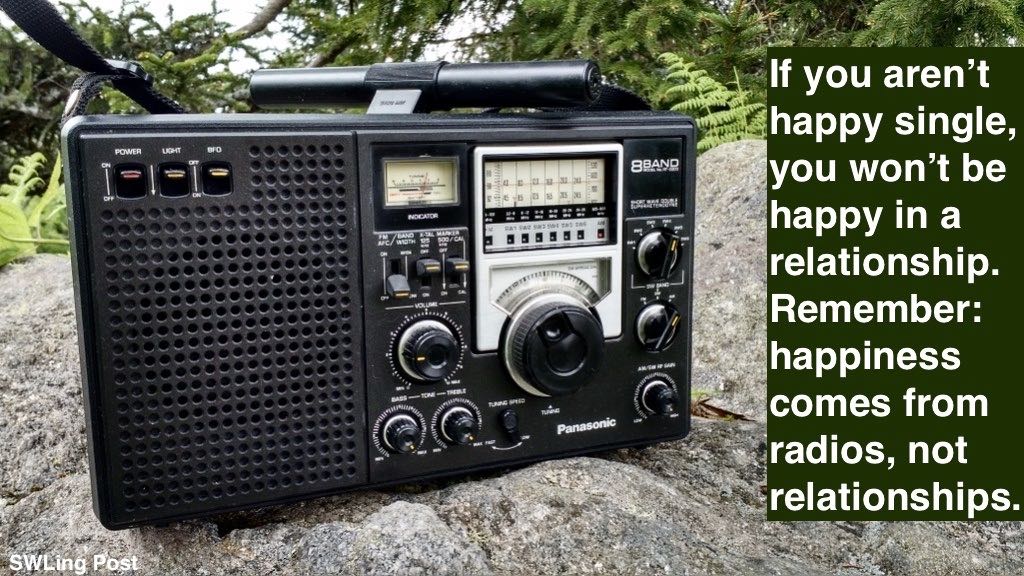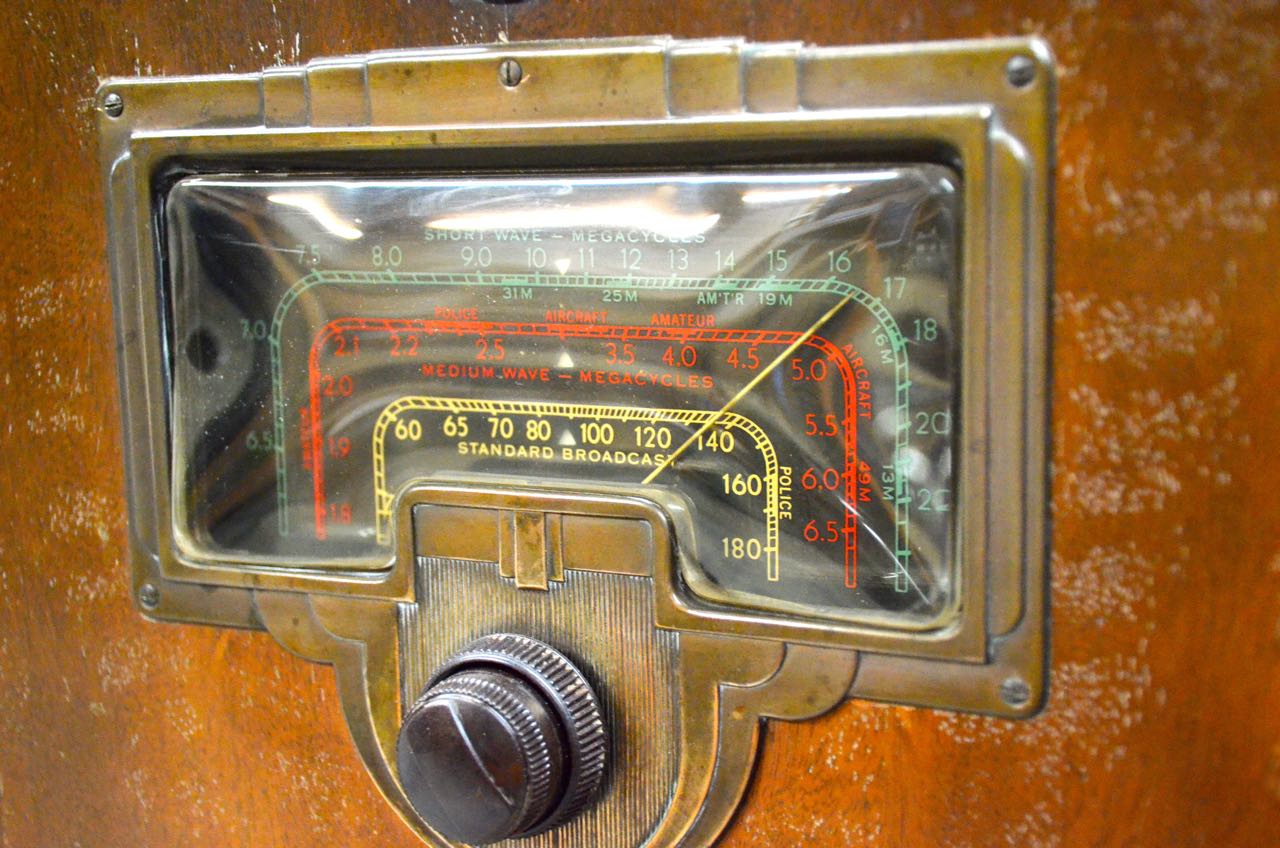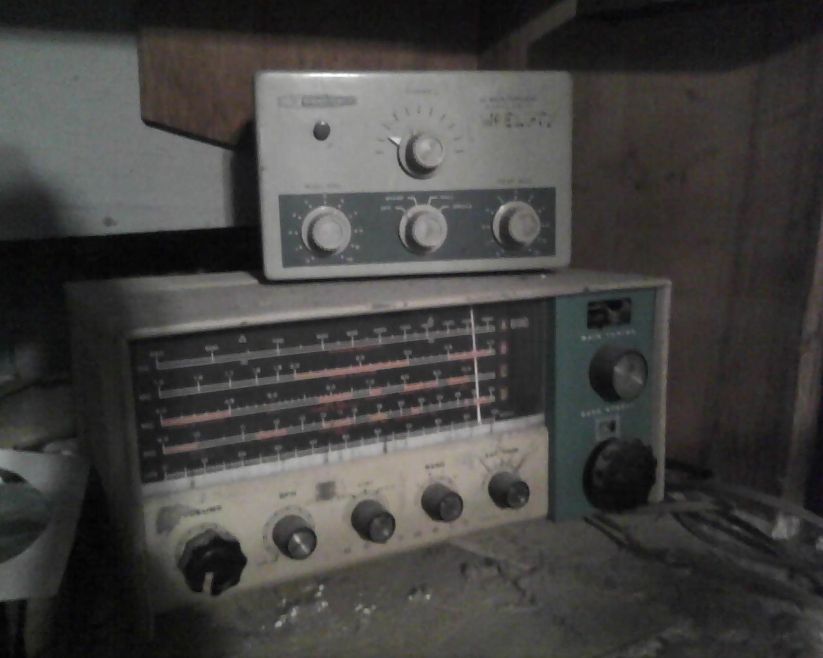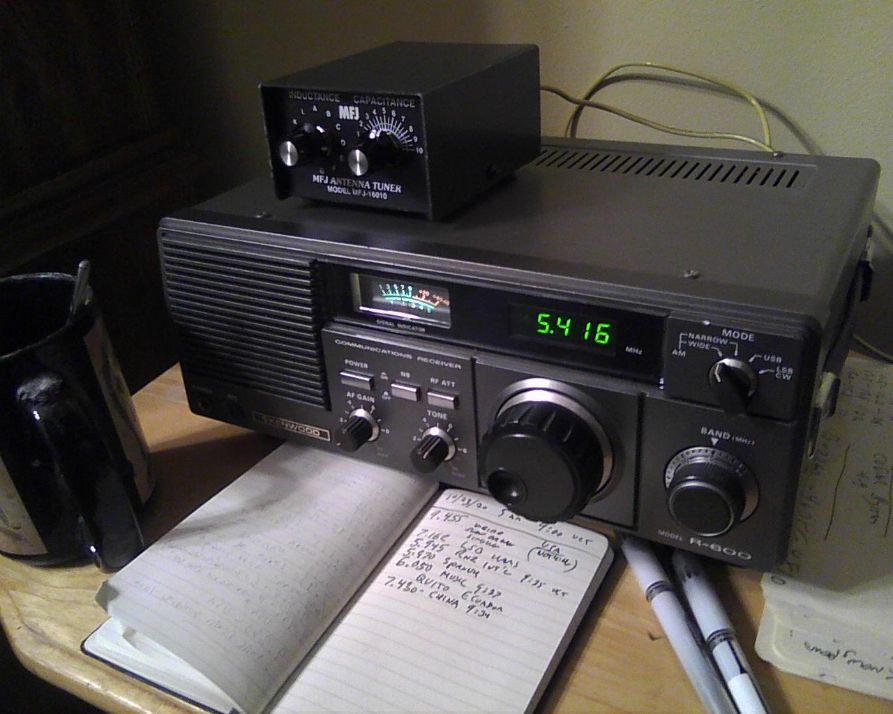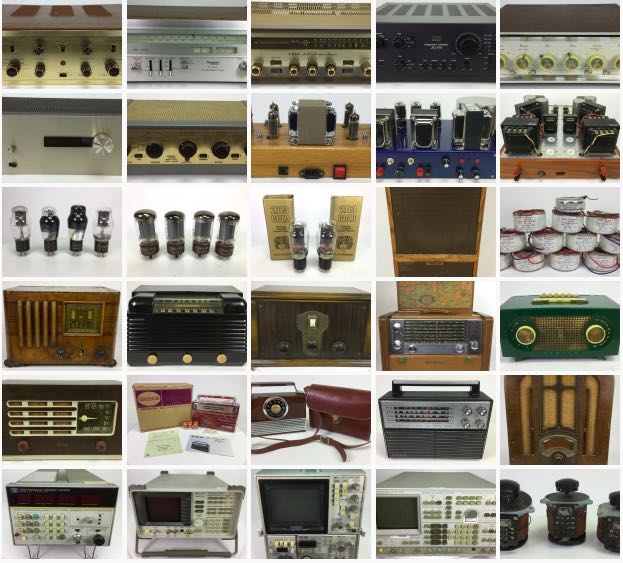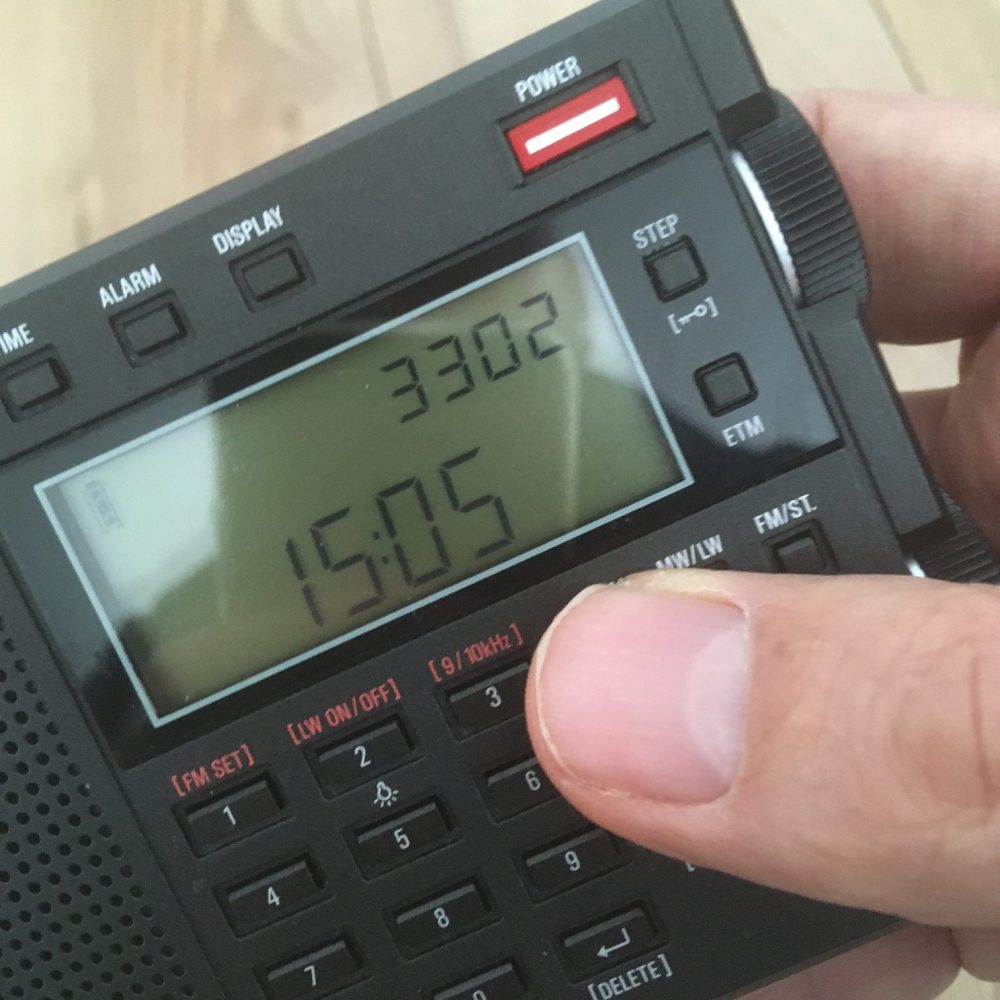(Source: ARRL Newlsetter)
ARRL Urges Members to Join in Strongly Opposing FCC’s Application Fees Proposal
ARRL will file comments in firm opposition to an FCC proposal to impose a $50 fee on amateur radio license and application fees. With the November 16 comment deadline fast approaching, ARRL urges members to add their voices to ARRL’s by filing opposition comments of their own. The FCC Notice of Proposed Rulemaking (NPRM) MD Docket 20-270 appeared in the October 15 edition of The Federal Register and sets deadlines of November 16 to comment and November 30 to post reply comments, which are comments on comments already filed. ARRL has prepared a Guide to Filing Comments with the FCC which includes tips for preparing comments and step-by-step filing instructions. File comments on MD Docket 20-270 using the FCC’s Electronic Comment Filing System (ECFS).
Under the proposal, amateur radio licensees would pay a $50 fee for each amateur radio application for new licenses, license renewals, upgrades to existing licenses, and vanity call sign requests. The FCC also has proposed a $50 fee to obtain a printed copy of a license. Excluded are applications for administrative updates, such as changes of address, and annual regulatory fees. Amateur Service licensees have been exempt from application fees for several years.
The FCC proposal is contained in a Notice of Proposed Rulemaking (NPRM) in MD Docket 20-270, which was adopted to implement portions of the “Repack Airwaves Yielding Better Access for Users of Modern Services Act” of 2018 — the so-called “Ray Baum’s Act.” The Act requires that the FCC switch from a Congressionally-mandated fee structure to a cost-based system of assessment. In its NPRM, the FCC proposed application fees for a broad range of services that use the FCC’s Universal Licensing System (ULS), including the Amateur Radio Service. The 2018 statute excludes the Amateur Service from annual regulatory fees, but not from application fees. The FCC proposal affects all FCC services and does not single out amateur radio.
ARRL is encouraging members to file comments that stress amateur radio’s contributions to the country and communities. ARRL’s Guide to Filing Comments includes “talking points” that may be helpful in preparing comments. These stress amateur radio’s role in volunteering communication support during disasters and emergencies, and inspiring students to pursue education and careers in engineering, radio technology, and communications.
As the FCC explained in its NPRM, Congress, through the Ray Baum’s Act, is compelling regulatory agencies such as the FCC to recover from applicants the costs involved in filing and handling applications.
In its NPRM the FCC encouraged licensees to update their own information online without charge. Many, if not most, Amateur Service applications may be handled via the largely automated Universal License Service (ULS). The Ray Baum’s Act does not exempt filing fees in the Amateur Radio Service, and the FCC stopped assessing fees for vanity call signs several years ago.
See also “FCC Proposes to Reinstate Amateur Radio Service Fees,” reported by ARRL in August, and a summary page of the proceeding at www.arrl.org/FCC-Fees-Proposal.


